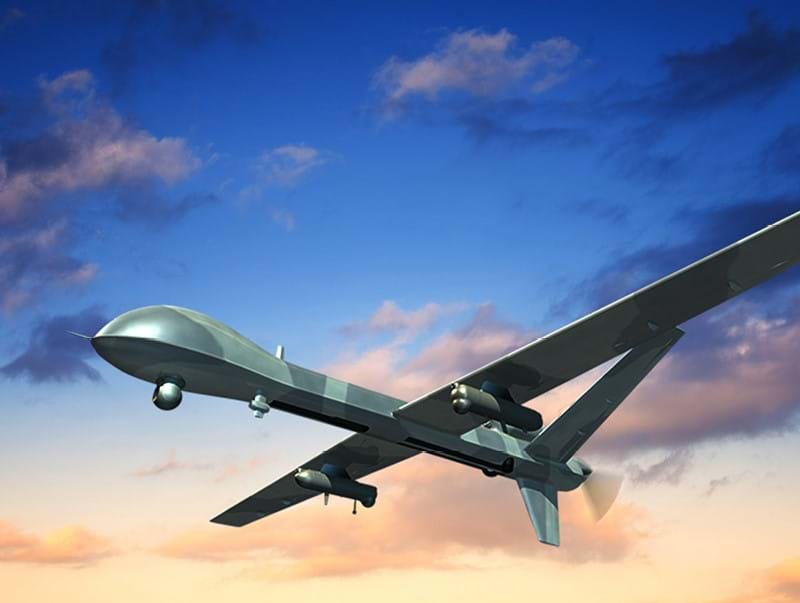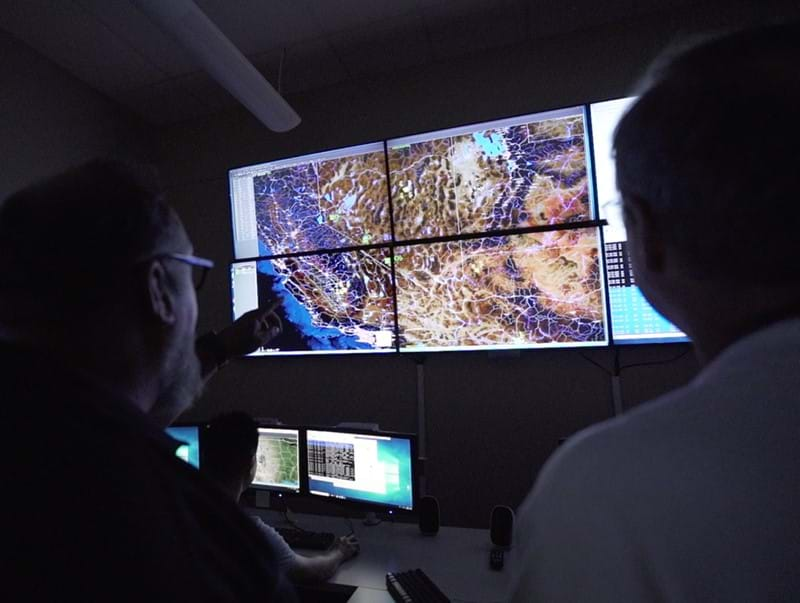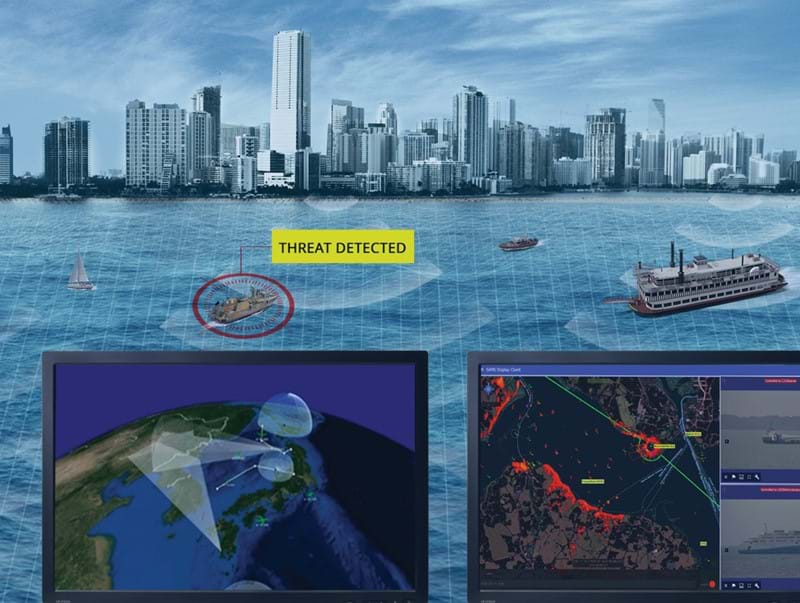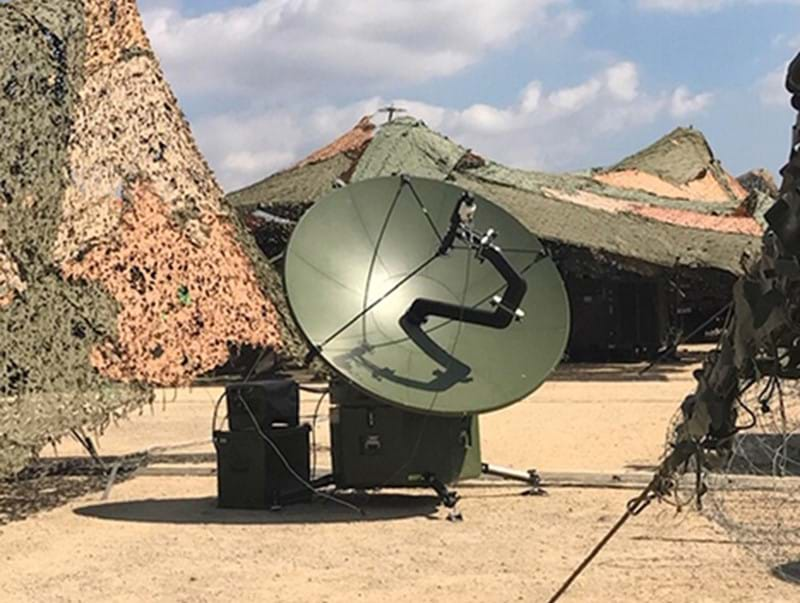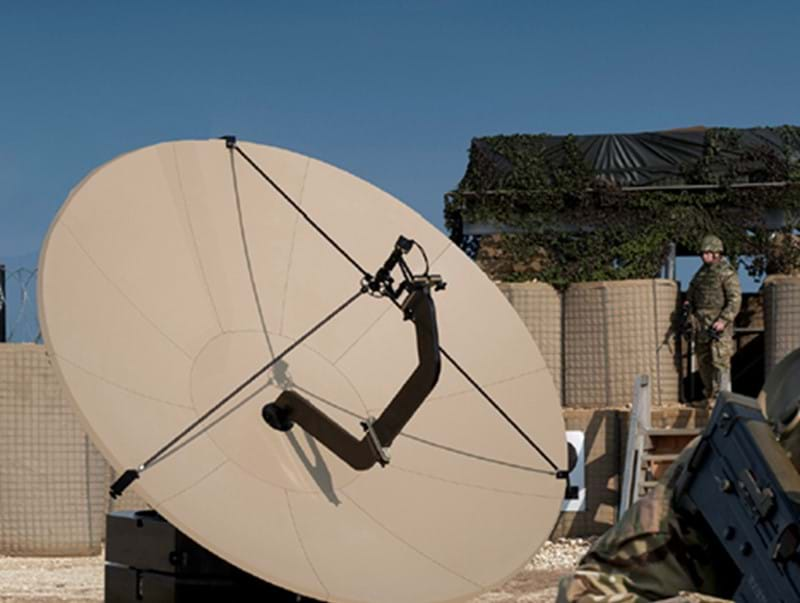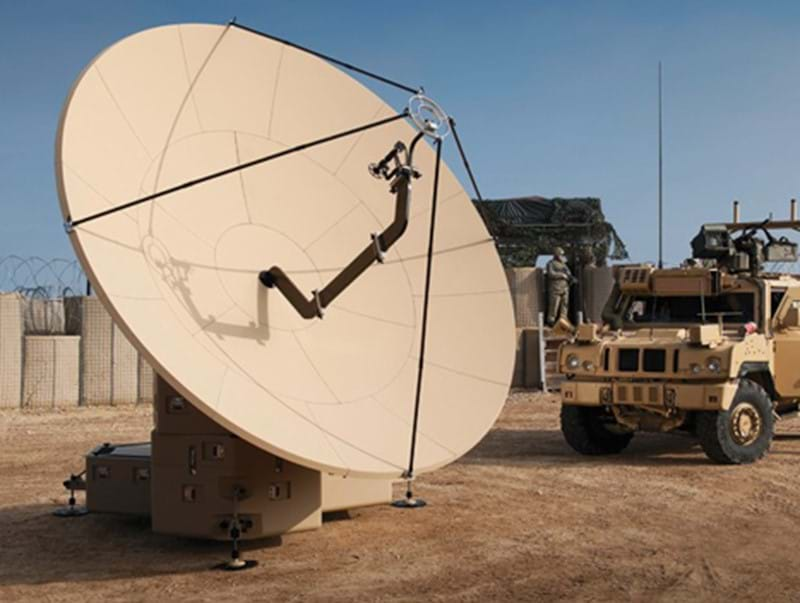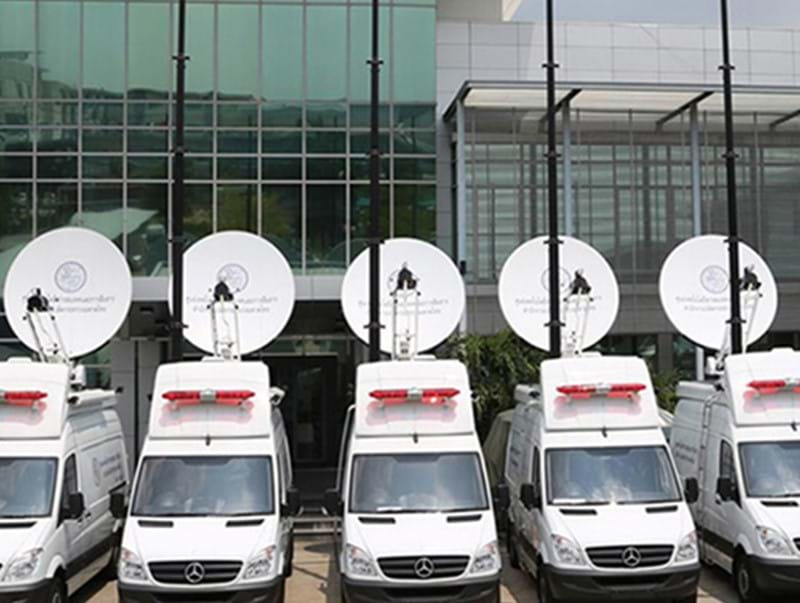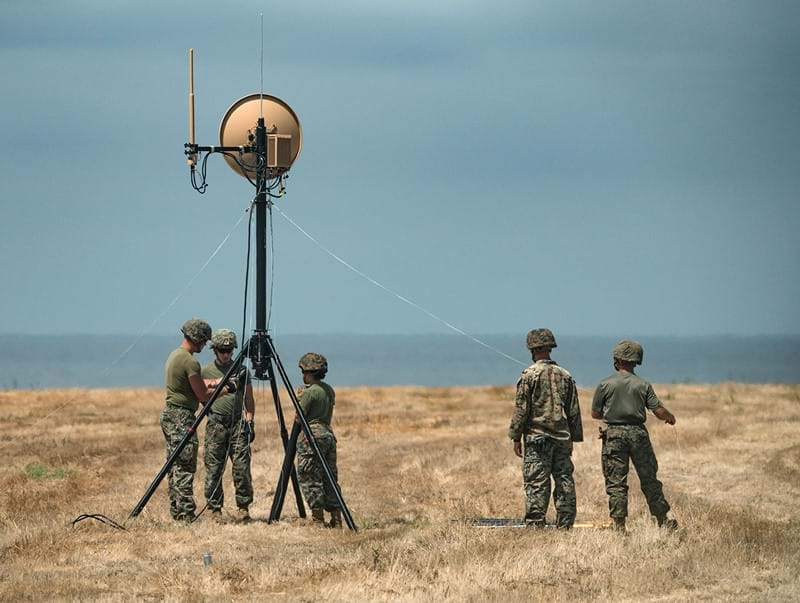At Ultra Intelligence & Communications, we are dedicated to shaping the future by solving the most pressing challenges of our time. Our mission is to create innovative technologies that define eras and drive progress. While the future is unpredictable, we are always one step ahead, continuously working on groundbreaking solutions that will inspire change. Our range of solutions—from C2I to cyber encryption—are designed to ensure reliability and security across the globe.

